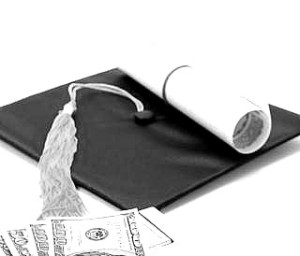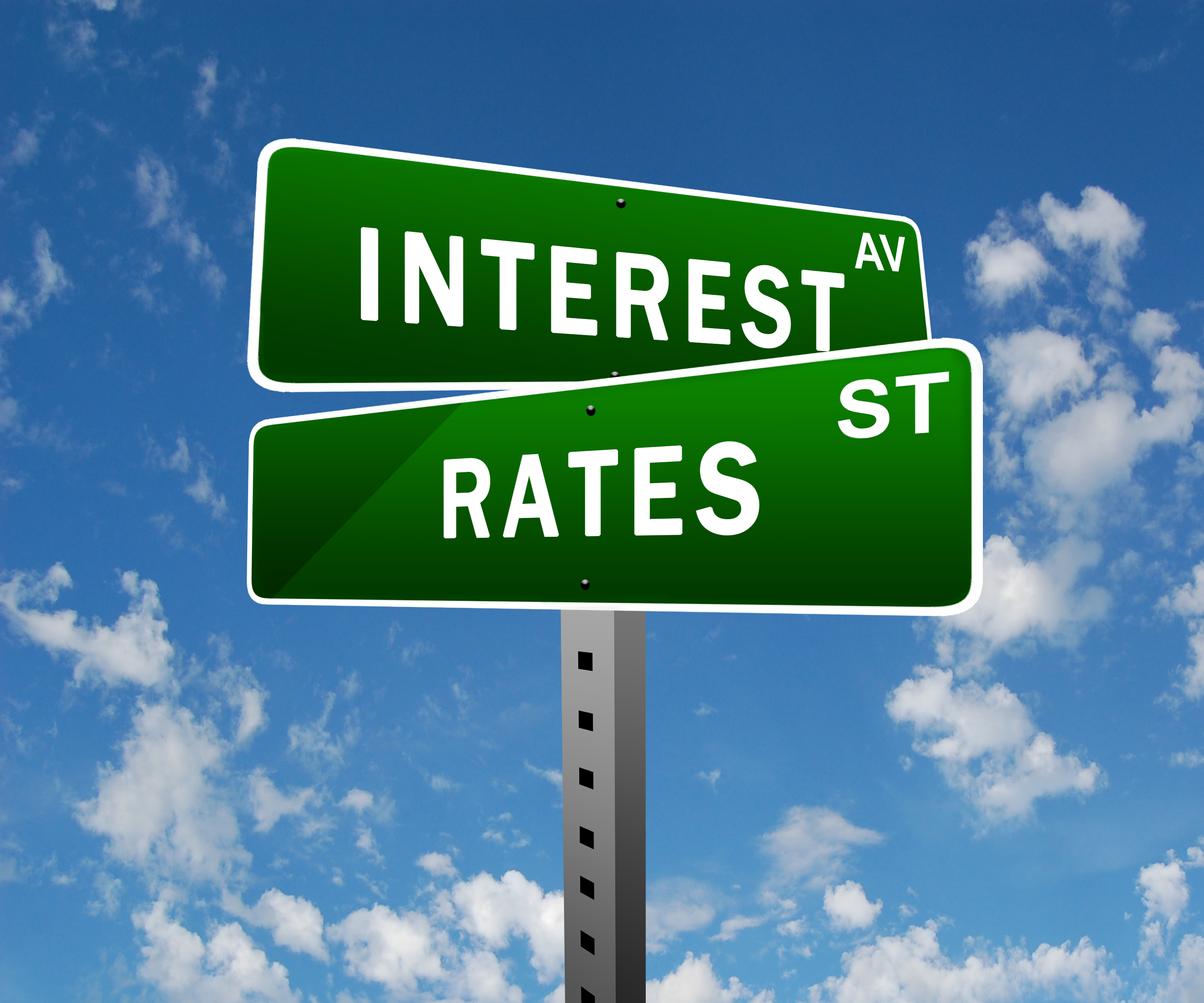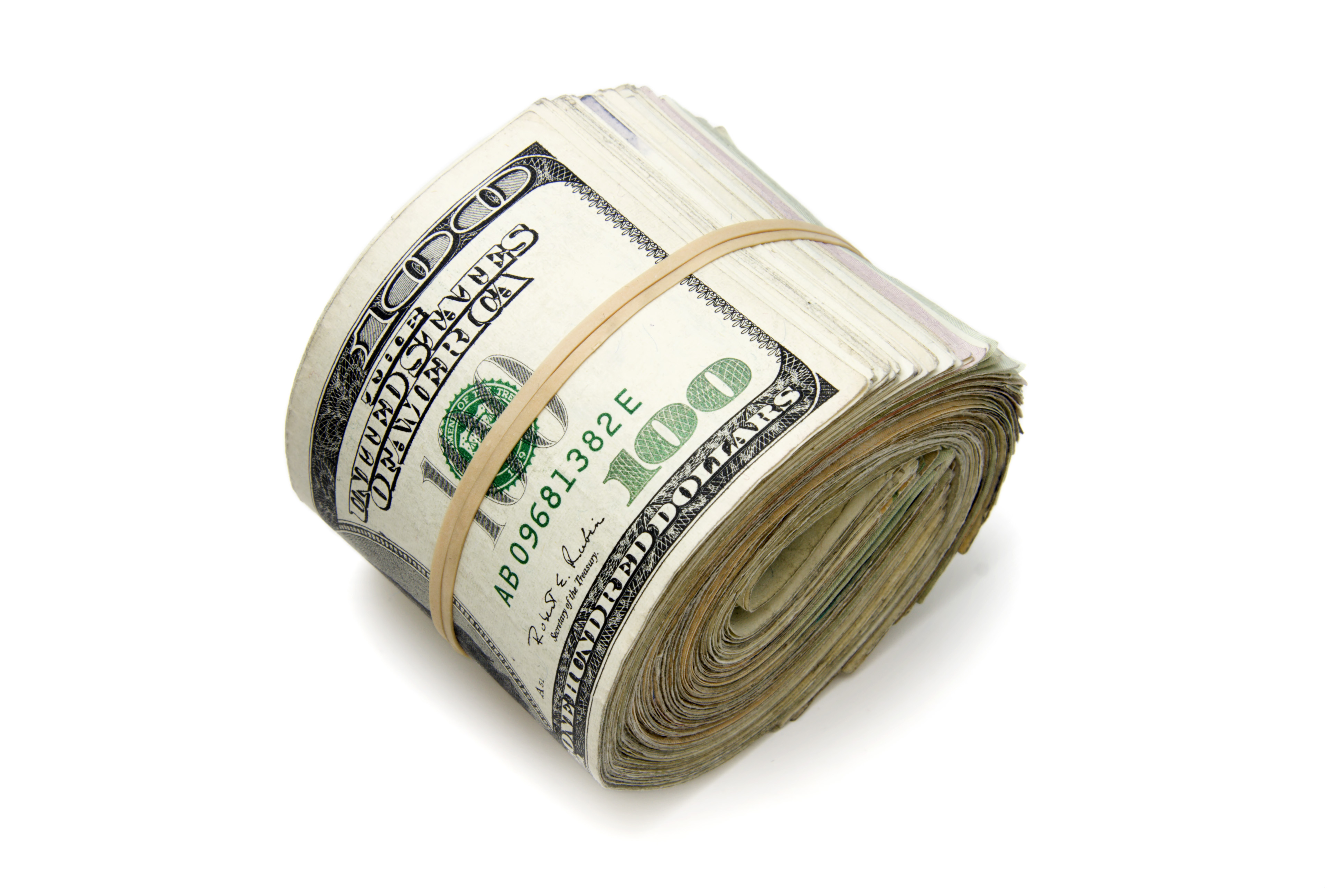Understanding the Process of Covid EIDL LoanForgiveness
The COVID-19 EIDL program, a federal initiative designed to support small businesses during the pandemic, has ceased accepting new applications, highlighting the transition towards other funding avenues including traditional SBA loans [1]. Despite the closure, the impact of the program is evident with the SBA approving over 3.9 million EIDLs, totaling more than $378.4 billion, alongside significant distributions in EIDL advances and targeted advance payment grants, signaling a considerable effort to mitigate the pandemic’s economic implications [2].
With the pandemic waning, attention shifts to EIDL loan forgiveness aspects, amidst speculations that the coming 2024 election cycle might prompt the federal government to consider forgiving portions of these loans [3]. This transition period serves as a critical juncture for businesses navigating their repayment obligations, exploring options like sba disaster loan assistance, eidl forgiveness, and updates on eidl loan default strategies to manage their financial future [1]
Eligibility Criteria for EIDL Loan Forgiveness
Understanding Forgivable and Non-Forgivable Aspects of EIDL
- Non-Forgivable EIDL Loans
- The primary COVID-19 EIDL loan is designed to be repaid and does not qualify for forgiveness under the
standard terms of the agreement [1][3][4][7].
2. Forgivable Advances and Grants
- EIDL Advance: Businesses could receive up to $10,000 that does not require repayment [1].
- Targeted EIDL Advance: Specifically for businesses in low-income communities, offering up to $10,000 with no repayment needed [4].
- Shuttered Venue Operator Grant (SVOG): Provides up to $10 million in forgivable assistance, significantly
supporting eligible venues affected by COVID-19 [4].
Criteria for Loan Forgiveness
- PPP Loans: Forgiveness is possible if businesses maintain employee levels and compensation, with funds used on eligible expenses such as payroll, rent, and utilities. Recent updates have expanded forgivable expenses to include operations, property damage costs, supplier costs, and worker protection expenditures [4].
- SBA Offer in Compromise: This might be available for EIDL loans under specific circumstances, although it is not guaranteed and requires demonstrating an inability to repay.
- Special Conditions: Some borrowers who have received an EIDL may be eligible for forgiveness through the SBA under certain rare conditions, which require meeting stringent criteria
Options for Businesses Struggling with Repayment
- For those unable to meet the repayment terms, renegotiating the loan terms or exploring forgiveness options through the SBA’s Offer in Compromise may provide necessary relief [5].
Understanding the Terms of EIDL Loan Repayment
Loan Terms and Conditions
- Loan Amount and Usage: The COVID-19 EIDL provides essential working capital for expenses such as payroll, rent, and utilities. The maximum loan amount has been set at $2 million for loans exceeding $500,000 [1].
- Interest Rates and Loan Duration: Loans carry a fixed interest rate of 3.75% for businesses and 2.75% for
private non-profit organizations, with a long-term repayment schedule of 30 years, ensuring manageable
repayment plans [4]. - Deferment and Prepayment: Borrowers benefit from a 24-month deferment period from the loan origination date, with no penalties for prepayment, allowing businesses flexibility during uncertain economic times [1][7].
Collateral and Guarantees
- Collateral Requirements: Loans exceeding $25,000 require collateral, with a one-time $100 fee for filing a lien on business assets. For loans over $200,000, a personal guarantee is necessary, potentially involving personal assets if the borrower defaults [1][8].
- Loan Security: Additional costs are incurred for filing liens on real estate when applicable, securing the loan
further and protecting both the lender and borrower interests [1].
Repayment and Default Risks
- Repayment Commencement: After the 30-month deferment period, borrowers are obligated to commence
monthly payments as stipulated in the original loan agreement. This includes managing loan balances through the MySBA Loan Portal [7]. - Consequences of Default: Defaulting on loan payments can lead to severe consequences, including the seizure of business and personal assets, wage garnishment, and potential legal action, emphasizing the importance of understanding and adhering to repayment terms
Options for Businesses Struggling with EIDL Loan Repayment
Hardship Accommodation Plan (HAP)
- Introduction of HAP: In response to financial distress faced by borrowers, the SBA introduced the Hardship
Accommodation Plan in February 2024. This plan is specifically tailored for COVID-19 EIDL loan recipients who encounter short-term financial hurdles [7]. - Flexible Payment Options: Under HAP, eligible businesses can significantly reduce their payment obligations to just 10% of their regular monthly payments for a period of six months. This reduction aims to alleviate financial pressure and provide breathing room for businesses to stabilize their finances [7].
- Eligibility and Enrollment: To benefit from HAP, borrowers can enroll 60 days before their first payment is due. Importantly, this plan is accessible even to those who are currently in default, demonstrating the SBA’s
commitment to supporting businesses in continuing their operations despite financial challenges [7].
Counseling and Support Services
- SBA Resource Partners: The SBA also offers extensive counseling and support through its network of Resource Partners. These services, which are often free or low-cost, are designed to help small businesses navigate their financial landscapes by offering guidance on business planning, capital access, and other critical business operations [7].
- Direct Assistance: For direct queries or issues related to loan servicing, borrowers are encouraged to contact
COVID-19 EIDL Customer Service. This service provides tailored support for loan-related concerns, including
renegotiations of loan terms or inquiries about available relief options [7].
Restructuring and Alternative Options
- Renegotiating Loan Terms: If the standard repayment terms become untenable, borrowers have the option to negotiate with the SBA for modified terms. This could include lower monthly payments, extended loan durations, or even discussions around loan forgiveness, depending on individual business circumstances [5].
- Bankruptcy and Settlements: In extreme cases where businesses cannot meet their loan obligations, bankruptcy might be considered. Options such as Chapter 11 Subchapter V can provide a pathway for restructuring secured EIDL loans, potentially allowing businesses to continue operating while managing their debts more effectively [8].
- SBA Offer in Compromise: For businesses that have ceased operations and are unable to fully repay their loans, the SBA’s Offer in Compromise allows for negotiation of the loan balance. This process, however, requires the business to be closed or sold, and the SBA must determine that the offer represents the maximum achievable recovery [9].
These measures collectively aim to provide a spectrum of solutions for businesses facing difficulties with EIDL loan
repayments, ensuring that they have multiple avenues to manage their financial obligations effectively.
Conclusion
Through the exploration of the COVID-19 EIDL program’s intricacies, including its forgiveness aspects, eligibility
criteria, and options for businesses grappling with repayment challenges, it becomes clear that the pandemic’s
economic footprint necessitates a multifaceted approach to financial recovery. The SBA’s efforts, underscored by the
approval of over 3.9 million EIDLs and the introduction of flexible repayment solutions like the Hardship
Accommodation Plan, reflect a commitment to supporting small businesses in their journey towards stabilization. These measures, alongside potential policy shifts in light of future political landscapes, underscore the dynamic nature of the program’s response to evolving economic challenges.
As businesses navigate the post-pandemic economic landscape, understanding the available avenues for loan
forgiveness, repayment assistance, and financial counseling remains crucial. The broader implications of these elements not only highlight the significant impact of federal initiatives in mitigating the pandemic’s adverse effects but also stress the importance of proactive financial management and planning for small businesses. Moving forward, continuous monitoring of policy changes and the exploration of new support mechanisms will be pivotal in ensuring the resilience and sustainability of businesses affected by the COVID-19 pandemic.
FAQs
1. Can EIDL loans be forgiven by the government?
EIDL loans are not eligible for forgiveness. The full amount borrowed must be repaid.
2. How can I find out if my SBA loan is eligible for forgiveness?
To check the status of your SBA loan forgiveness, you can use the SBA direct forgiveness portal. Alternatively, if you
submitted your application through a lender, you can contact your lender for updates on your forgiveness application.
3. What are the consequences if I fail to repay my EIDL loan?
If you default on your EIDL loan, the Treasury Department has the authority to garnish your wages and seize any
federally held assets, such as income tax refunds. For EIDL loans exceeding $200,000, personal assets may also be at risk.
4. What happens to my SBA EIDL loan if my business shuts down?
If your business closes, you may still be responsible for repaying the EIDL loan. This can occur if you signed a personal guarantee or pledged property as collateral when securing the loan.
References
[1] – https://www.sba.gov/funding-programs/loans/covid-19-relief-options/eidl
[2] – https://sgp.fas.org/crs/misc/R47509.pdf
[3] – https://www.jasontees.com/eidl-forgiveness-can-sba-eidl-loans-be-settled/
[4] – https://www.investopedia.com/how-to-get-your-covid-19-loan-forgiven-4844034
[5] – https://www.smarterfinanceusa.com/blog/economic-injury-disaster-loan-eidl-forgiveness-renegotiation
[6] – https://www.hostmerchantservices.com/articles/is-your-eidl-loan-forgivable/
[7] – https://www.sba.gov/funding-programs/loans/covid-19-relief-options/covid-19-economic-injury-disaster-loan/manage-your-eidl
[8] – https://www.bransonlaw.com/blog/cant-repay-your-sba-covid-loan-bankruptcy-might-help/
[9] – https://www.business.com/articles/sba-loan-forgiveness/
[10] – https://www.nav.com/blog/9-options-if-your-small-business-cant-pay-its-bills-due-to-coronavirus-558303/





